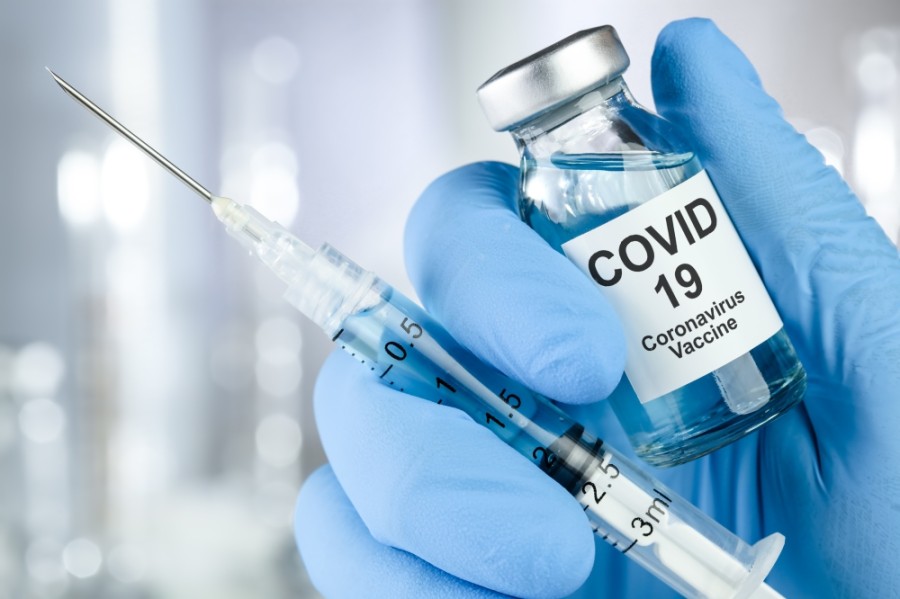COVID-19 Vaccination Effort in Indiana
February 1, 2021
We are in a controversial period of time as the COVID-19 vaccines have been developed, but not fully distributed. So far, the Pfizer-BioNTech and Moderna vaccines have led the fight against the coronavirus. With a 95% efficacy rate and FDA approval, it is not surprising that the nation is scrambling to deliver these shots. When vaccines first began to circulate in the U.S. on Dec 14, the doses were administered only to health workers, first responders, people in an at-risk age group (age 70 or older), and those that have exposure to COVID-19. The shots arrived in Indiana shortly, prompting many to wonder when they will be allocated to the general public.
With a population of 6.7 million people, herd immunity will be achieved if 70% of the population, or 4.8 million Hoosiers are vaccinated. The Indiana Department Of Health (IDOH) has stated that only 400,000 people have been vaccinated so far, and there is still a long way to go. Considering that the case rate outnumbers the amount of inoculations that have been administered, some people may have to wait until they can get a shot. Vaccination sites are available in every county, as long as the people getting the injection work or live in the state. Most of Indiana’s 148 clinics are local health departments, hospitals, and pharmacies, where the vaccine can be received; ID will be required for age verification. Most vaccines will require a second dose within a certain number of days to be effective and to achieve the appropriate immune response.
IDOH provides details on how the vaccines arrive; portions of them are allotted daily to each state based on their population. Then, shipments are directed to the providers upon the orders of the state. From there, appointments can be made by residents to receive the shots. However, local health departments get poorly-timed notifications of when they will receive batches of vaccines, resulting in many scheduling setbacks. There are many other factors in delays such as breaks in the cold chain storage, vaccine wastage, and mistakes. To complicate matters, new variants of COVID-19 are spreading; they are known to be more easily contagious. These mutated forms of the virus originate from South Africa and from the U.K., but they have been recently detected in the United States. Thankfully, findings about the new strains do not indicate a need for a new vaccine, according to biologists. If the rollout continues at its current pace, the pandemic can rage on for many years. Hopefully, the Defense Production Authorization act signed by President Biden will improve supply chain issues and provide more materials to combat the coronavirus.
Federal health officials aim to make the vaccine free for Americans, regardless of whether they are insured or not. Under the CARES Act, the government has made the vaccine come with no cost as long as COVID-19 is still a public health emergency. Ever since the vaccine rollout intensified in 2021, the availability has been confined to eligible groups. Gov. Eric Holcomb noted that the vaccine is becoming accessible to more and more people as the weeks go by. It may be broadly available in later phases, most likely by the beginning of summer. The number of vaccines still depends on how many of them were designated for each jurisdiction by the federal government. To find out more information or schedule an appointment, dial 211 or register online at http://ourshot.in.gov.



